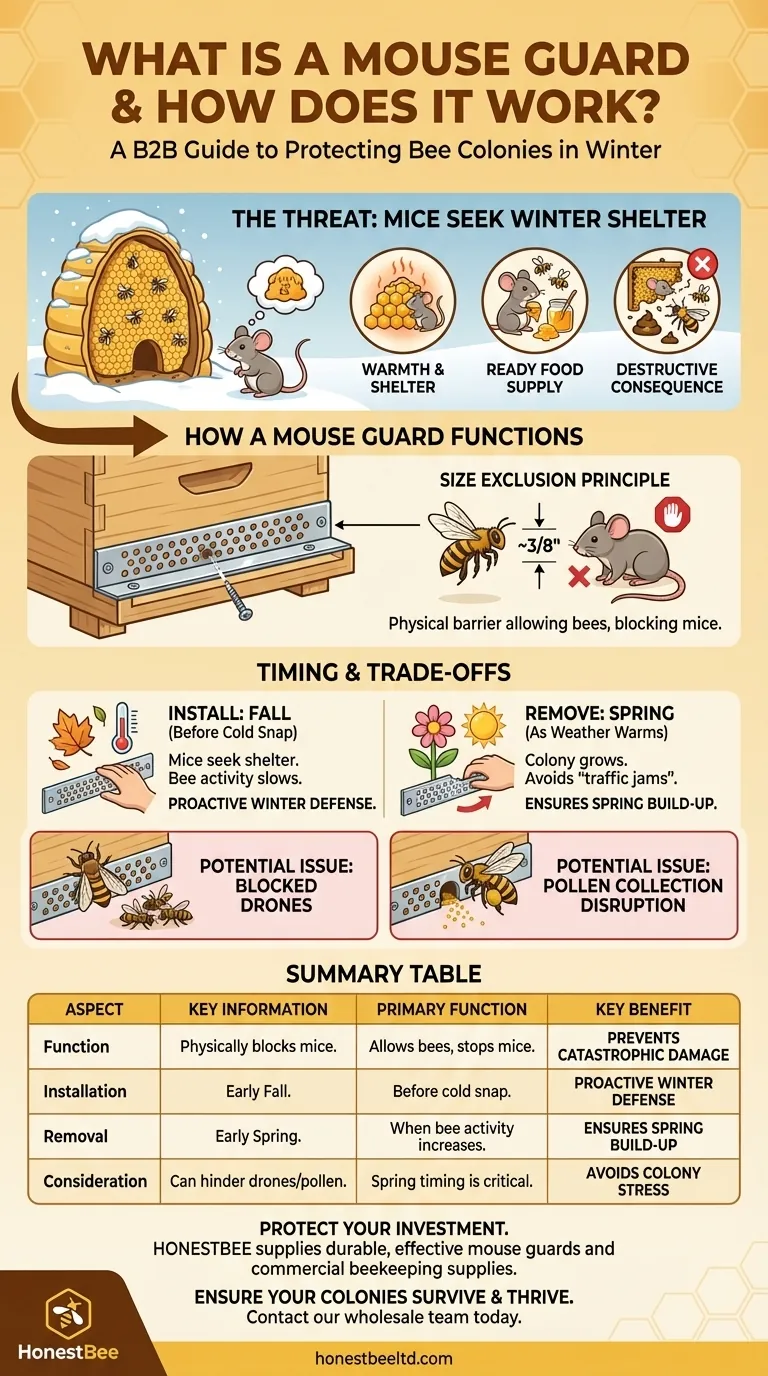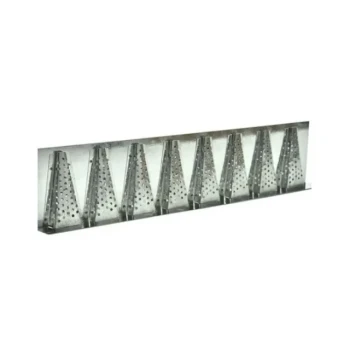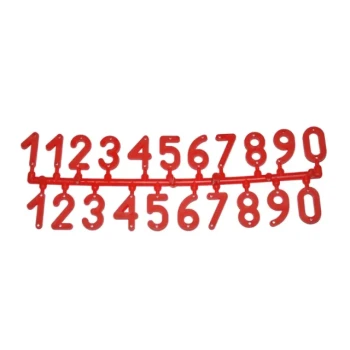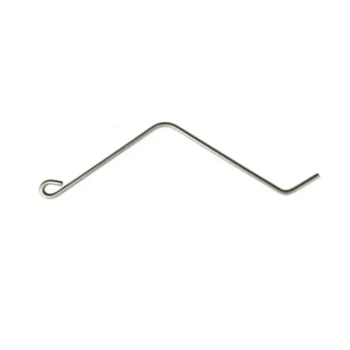In short, a mouse guard is a simple barrier, typically made of metal, that is placed over the entrance of a beehive. It is designed with openings that are large enough for honey bees to pass through but small enough to physically block mice and other small rodents from entering.
The core purpose of a mouse guard is not just to keep mice out, but to protect the entire bee colony from the catastrophic damage a single nesting mouse can cause during the vulnerable winter months.

The Threat: Why Mice Invade Beehives
Mice seek out beehives not to attack bees, but for the ideal winter shelter they provide. Understanding this motivation is key to appreciating the guard's importance.
A Source of Warmth and Shelter
A honey bee colony generates a significant amount of heat throughout the winter to keep the queen and the cluster alive. This warmth, combined with the hive's insulated, weatherproof structure, makes it a perfect nesting site for a mouse seeking refuge from the cold.
A Ready Food Supply
Inside the hive, mice have access to a rich food source. They will consume stored honey, pollen, and even the bees themselves, further weakening an already stressed winter colony.
The Consequence of Invasion
A mouse's presence is destructive. It will chew through and destroy honeycomb to create a nesting area. The nest, urine, and feces left behind will contaminate the hive, ruin frames, and can cause the bee colony to abandon the hive or perish from the added stress.
How a Mouse Guard Functions
The effectiveness of a mouse guard lies in its simple, non-intrusive design principle: size exclusion.
The Principle of Size Exclusion
The fundamental mechanism is a physical barrier. A typical field mouse cannot squeeze through an opening smaller than about 3/4 of an inch in diameter.
A standard mouse guard has holes that are approximately 3/8 of an inch, which is more than enough space for a worker bee to pass through but far too small for a mouse to breach.
Common Designs and Materials
Most mouse guards are simple strips of perforated or drilled metal. This material is durable enough to resist chewing and withstand winter weather.
They are designed to be easily attached over the main hive entrance with a couple of small screws or nails, making installation and removal straightforward.
Understanding the Trade-offs and Timing
While essential, a mouse guard is a seasonal tool. Its use requires proper timing to avoid unintended consequences for the colony.
When to Install a Mouse Guard
The guard should be installed in the fall, just as the weather begins to turn cold. This is the time when mice actively seek winter shelter, and bee activity at the entrance has naturally slowed.
When to Remove a Mouse Guard
It is critical to remove the guard in the spring as temperatures warm up. As the colony's population grows, the restricted entrance can create a "traffic jam," hindering foragers.
Potential Issue: Blocking Drones
One key reason for spring removal is the drone. Male bees (drones) are larger than worker bees and can become trapped by the mouse guard, leading to a pile of dead drones at the entrance.
Potential Issue: Pollen Collection
Bees returning to the hive are often loaded with pollen baskets on their legs. A mouse guard can sometimes dislodge these pollen loads as the bees squeeze through, reducing the colony's resources.
Applying This to Your Hive Management
Your decision on when to install and remove the guard is a key part of your seasonal beekeeping calendar.
- If your primary focus is proactive winter defense: Install your mouse guards in early fall, after your final hive inspection and before the first major cold snap.
- If your primary focus is ensuring strong spring build-up: Be vigilant about removing the mouse guards as soon as the weather breaks and you see bees actively flying and carrying in pollen.
Ultimately, a mouse guard is one of the most effective and inexpensive insurance policies a beekeeper can employ for winter survival.
Summary Table:
| Aspect | Key Information |
|---|---|
| Primary Function | Physically blocks mice from entering the hive while allowing bees to pass. |
| Installation Time | Early fall, before the first major cold snap. |
| Removal Time | Early spring, when bee activity increases and pollen collection begins. |
| Key Benefit | Prevents catastrophic damage, contamination, and colony stress from nesting mice. |
| Main Consideration | Can hinder drone movement and pollen collection if left on too long in spring. |
Protect Your Investment This Winter
As a commercial beekeeper or distributor, your apiaries are a critical investment. A single mouse infestation can lead to significant losses. HONESTBEE supplies durable, effective mouse guards and a full range of beekeeping supplies designed for the demands of commercial-scale operations.
Ensure your colonies survive and thrive. Contact our wholesale team today to discuss your seasonal equipment needs and secure your hives against winter threats.
Visual Guide

Related Products
- Beekeeping Gloves Goatskin Leather with Long Cotton Sleeve for Beekeepers
- Beehive Entrance Reducer Guardian Metal Hive Entrance for Bees
- Mesh Ventilated 3 Layer Goatskin Beekeepers Gloves for Beekeeping
- 8-Cone Galvanized Steel Bee Robber Guard
- Endless Loop Ratchet Hive Strap
People Also Ask
- What are the arguments for and against using gloves in beekeeping? Balancing Protection and Dexterity
- What are the advantages of goatskin leather gloves for beekeeping? Superior Sting Protection for Your Apiary
- Why is dexterity and flexibility important in beekeeping gloves? Boost Your Hive Management Efficiency
- Should beekeepers wear gloves, and why? Essential Protection for Beekeepers
- What should beekeepers consider regarding the fit of beekeeping gloves? Achieve Safety and Dexterity



















